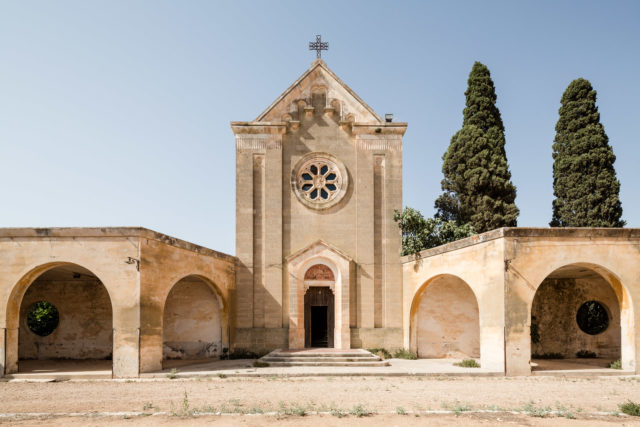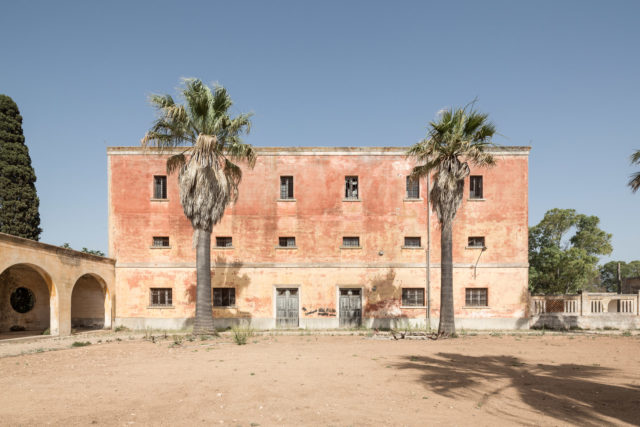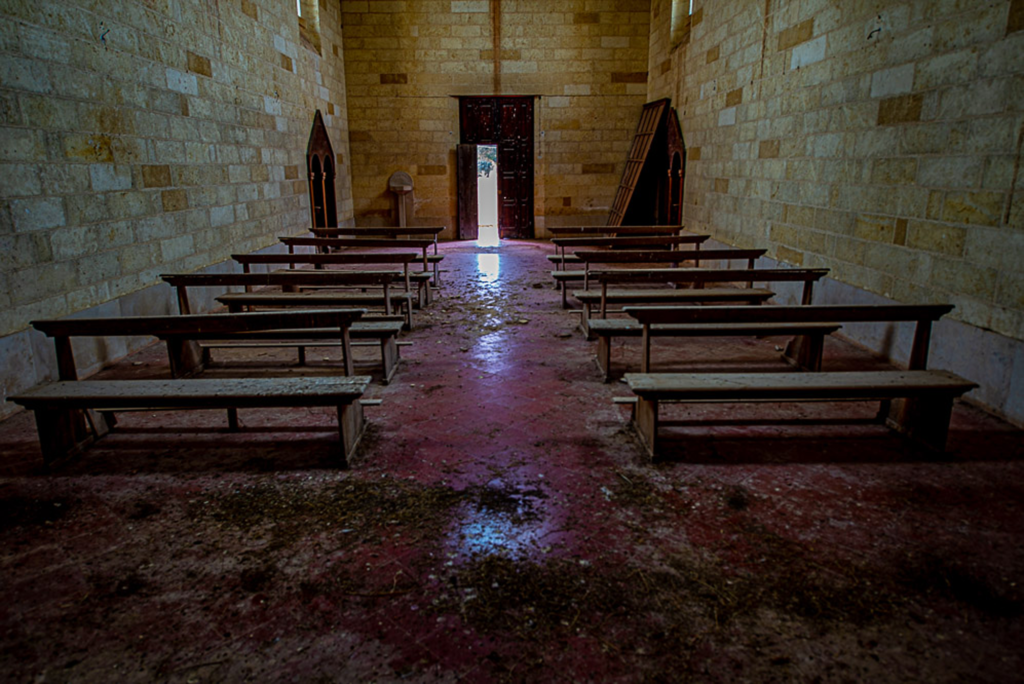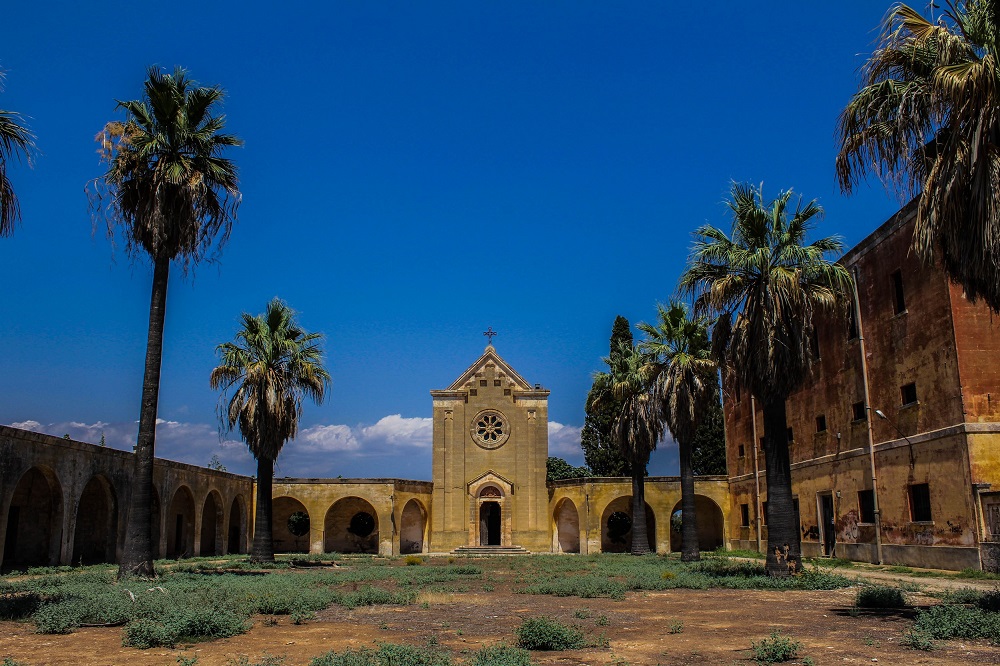Monteruga, a forsaken rural hamlet in Salento, stands as a testament to Italy’s fascist-era developments of the early 1930s. Built around a farm sharing its name, Monteruga once thrived with approximately 800 residents. The village featured essential amenities including a school, church, post office, central square, wine factory, bread oven, oil mill, tobacco store, and farmers’ houses.

Post-World War II, as privatization of farms increased and urban migration became prevalent, Monteruga experienced a gradual decline. By the 1980s, it was completely abandoned. The deserted village then became a site of interest for satanic cults, with the deconsecrated church being used for various dark rituals.

Revival and Current Status
Recently, an Italian entrepreneur purchased Monteruga, initiating a revival of sorts. The village is now under the vigilant care of an armed guard residing in a newly restored structure. The central square, once bustling with activity, is now a serene expanse of grass and flowers, home to various animals including horses, geese, rabbits, goats, chickens, peacocks, dogs, and cats coexisting peacefully.

Remnants of the Past
Despite its revival, eerie remnants of Monteruga’s past persist. The old school still has benches and blackboards with chalk writings from the 1940s. Former workers’ homes retain traces of furnishings and clothing, offering a glimpse into the village’s bygone era.

Know Before You Go
Monteruga is private property, and access requires permission from the resident guard. Visitors may be accompanied on a brief tour, enriched with historical facts and curiosities, or allowed to explore independently, though entering the structures is discouraged due to their precarious state.
To experience Monteruga, seek prior permission and adhere to guidelines, ensuring a respectful and safe visit to this fascinating relic of Italian history.









